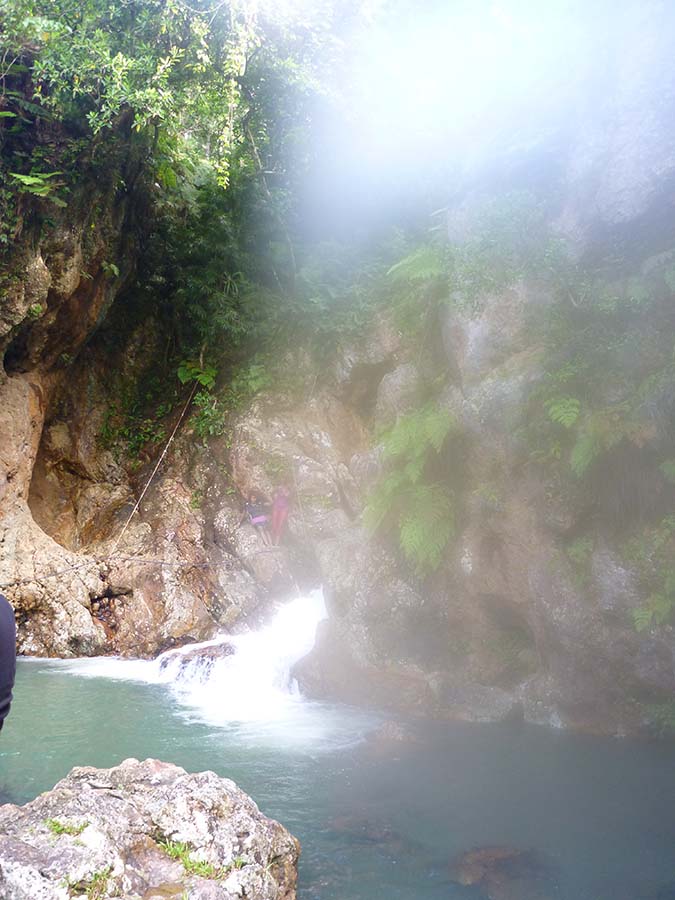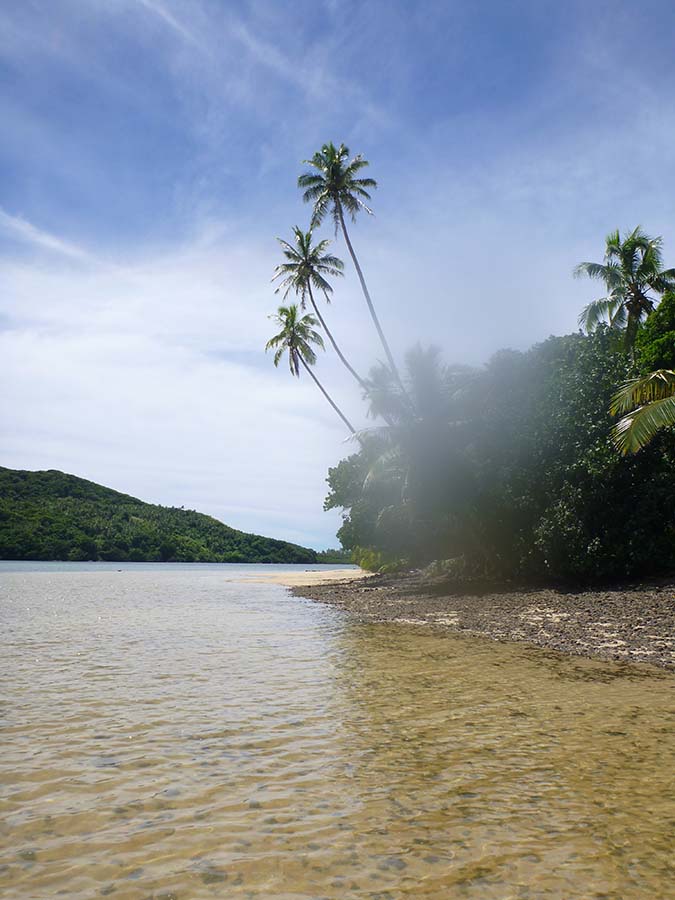 |
| Damselfish in a coral head off Two Trees Island, Kadavu, Fiji |
 |
| Panasonic Lumix DMC-TS3 Waterproof Digital Camera |
The essential specifications are: 12MP, 28 mm wide-angle Leica lens, 4.6x zoom, and waterproof to 40 feet (some directions say 30 feet, but since I’m a snorkeler it doesn’t matter. I’d have to tie a rock to my leg to get below 5 feet!) The manufacturer gives very specific direction on rinsing and cleaning the camera before opening it, and I was careful to follow them. Some people have reported leakage, but I was lucky and had no problem.
The lens is flush with the camera body, and hard against the top edge where you naturally hold the camera, so it’s very easy to get a finger in front of it. Even after working with it for 2 weeks, knowing about this problem, I still had the occasional finger show up in my photos! There’s also no cap or cover for the lens, so you can’t just toss it in your bag or pocket. I’m thinking of modifying the body with some stuff I have called Sugru to make a lip around the lens so I can feel it.
The macro function is pretty good, although the depth of field is shallower than other point-and-shoots I’ve had, with lots of distortion just outside the focus point. It can be a cool look, but also a pain, especially when you are being tossed in a current and your mask keeps you from seeing exactly what’s in your viewfinder.
My usual carry-everywhere camera is another (not underwater) Lumix, and I don’t have any of these issues with it. In fact, it’s an awesome little camera, which is one reason I bought this one.
Positive
It’s waterproof, so no worries if you get caught in a tropical downpour, or slip on some rocks and sit down in a tidepool. It rained a lot while we were there, so I didn’t carry my Nikon with me very often at all.
As for underwater photos, well, I knew it would be an experiment, and that I’d get better results with things that were closer to the surface, because of the available light. It still washed things out, just like it does on land, but no worse than most (non-pro) underwater photos I’ve seen. Here are examples of photos straight out of the camera and after color-balancing.
2. You need specialized equipment to get really good shots underwater. But it would cost me upwards of $3K to get a housing and lights for my Nikon so I bought this little guy instead. I suspect if I work with it more, choose my time-of-day more carefully, and get the hang of the funky macro, I could get some pretty good shots with it. Some snorkeling skills that would help are
-the ability to hover in a current
-the ability to hold the camera very still even when being sloshed by waves
-the ability to see through a snorkel mask well enough to read the LED display (half the time I was just pointing and guessing what was in the viewfinder!)
-and maybe farsightedness (I need to get a prescription mask for my nearsighted eyes!)
4. Unless you are a diver, make sure you choose a site where the reef is less than 10′ deep. If you are a diver, you need big lights. The divers in the photo above are about 15 or 20′ down, and you can see the difference – everything down there is blue.





